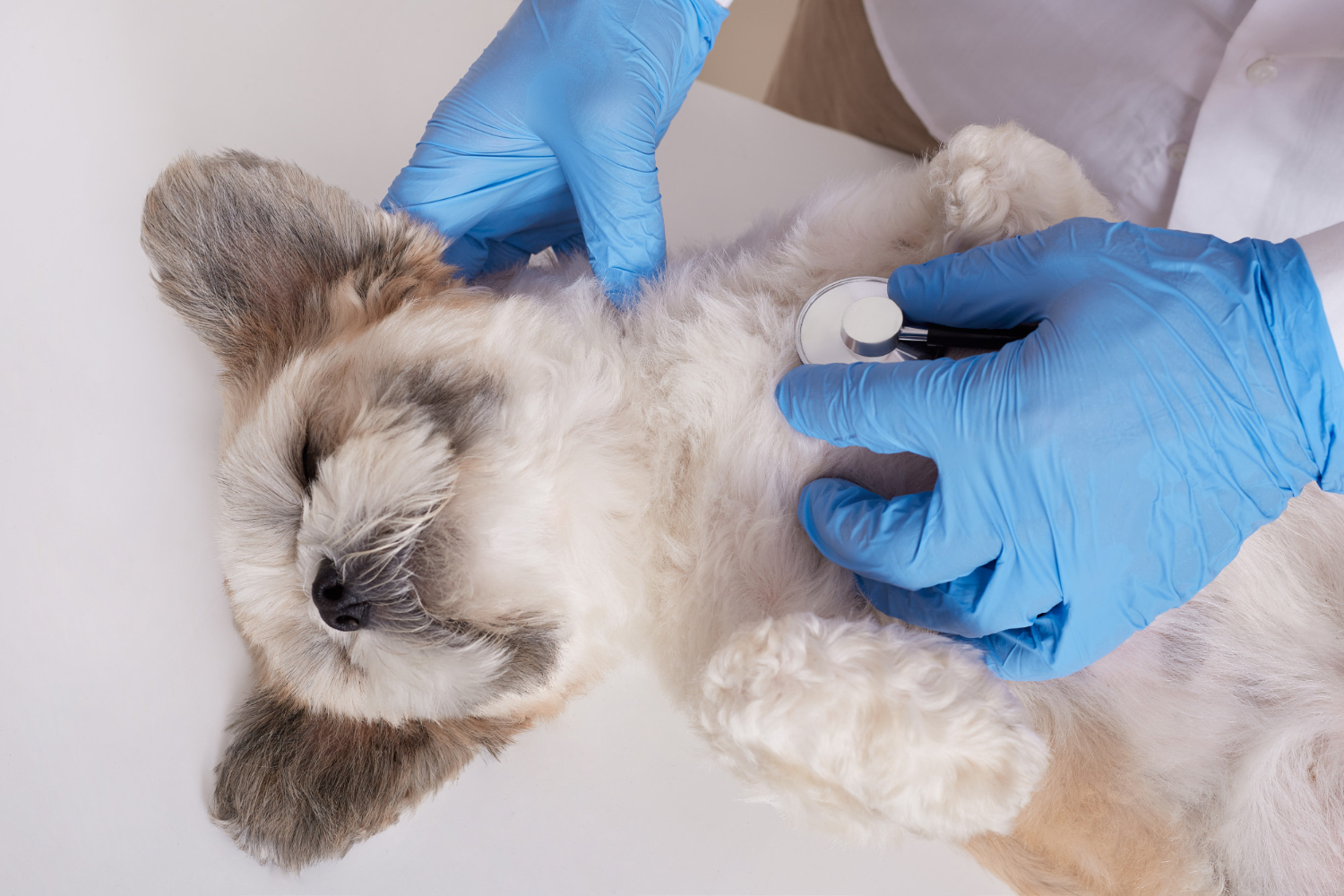As devoted pet parents, ensuring the well-being and safety of our furry companions is a top priority. One crucial aspect of responsible pet care is microchipping. This article will delve into everything you need to know about pet microchipping, discussing its advantages, potential disadvantages, and why it has become an indispensable tool for safeguarding our beloved pets.
Understanding Pet Microchipping
Pet microchipping involves the insertion of a tiny RFID (Radio-Frequency Identification) chip under your pet’s skin, typically between the shoulder blades. This chip contains a unique identification number that can be scanned using a microchip reader. This number is linked to a database containing your contact information, making it easier to reunite you with your lost pet.
Advantages of Pet Microchipping
- Increased Chance of Reunion:
One of the primary advantages of pet microchipping is the significantly increased likelihood of reuniting with a lost pet. Collars and ID tags can be removed or damaged, but a microchip provides a permanent and tamper-proof form of identification. - Global Identification:
Microchips are standardized and recognized internationally. This means that if your pet goes missing while you’re traveling, their microchip can still be scanned and traced back to you, facilitating a swift reunion. - Permanent Identification:
Unlike traditional identification methods, such as tags that can be lost or worn out, microchips provide a permanent and secure means of identification throughout your pet’s life. - Quick and Painless Procedure:
The process of microchipping is relatively quick and virtually painless for your pet. It’s a simple injection, similar to a routine vaccination, and is typically done during a regular veterinary visit. - Affordable Long-Term Solution:
Considering the potential benefits, the cost of microchipping is relatively low. It provides a long-term solution for pet identification, making it a cost-effective investment in your pet’s safety.
Disadvantages and Considerations
- Limited Tracking Range:
Microchips are passive devices and need to be scanned by a microchip reader. This means that the tracking range is limited to the vicinity of a person or facility with a reader. If your pet is not taken to a veterinary clinic or animal shelter equipped with a reader, the microchip’s effectiveness is restricted. - Potential Migration:
In rare cases, a microchip may migrate from its original placement site. However, advancements in microchip technology and the standardized injection procedure have minimized this risk. - Reliance on External Factors:
The success of microchipping depends on external factors, such as the diligence of the person finding your lost pet and the availability of a microchip reader. While many veterinary clinics and shelters have these devices, not every individual may have access to a scanner. - Privacy Concerns:
Some individuals express concerns about the potential invasion of privacy associated with microchipping. However, it’s important to note that the information stored on the microchip is minimal and usually limited to contact details. - Maintenance of Contact Information:
Pet owners must ensure that their contact information in the microchip database is kept up-to-date. If you move or change your phone number, it’s essential to update these details to ensure the effectiveness of the microchip.
Best Practices for Pet Microchipping
- Choose a Reputable Microchip:
When opting for pet microchipping, choose a reputable and widely recognized brand. Ensure that the microchip adheres to international standards, increasing the chances of compatibility with various scanners. - Keep Information Updated:
Regularly check and update your contact information in the microchip database. This ensures that if your pet goes missing, whoever finds them can reach you promptly. - Combine Microchipping with Other Identification Methods:
While microchipping is a valuable tool, it’s beneficial to complement it with traditional identification methods, such as collars and tags. This provides additional layers of security for your pet. - Educate Others About Microchipping:
Inform friends, family, and neighbors about the benefits of microchipping. Encourage them to microchip their pets as well, creating a community that values and utilizes this important identification tool. - Regular Veterinary Check-ups:
Schedule regular veterinary check-ups to ensure the microchip remains in place and functions correctly. Your veterinarian can verify the status of the microchip during routine examinations.
In the realm of modern pet care, microchipping has emerged as an invaluable tool for pet owners. The advantages, such as increased chances of reunion and permanent identification, far outweigh the potential disadvantages. By understanding the intricacies of pet microchipping, pet parents can make informed decisions to enhance the safety and security of their cherished companions. As a cornerstone of responsible pet care, microchipping ensures that the bond between pets and their owners remains unbroken, even in the face of unforeseen challenges.
Image by user18526052 on Freepik

